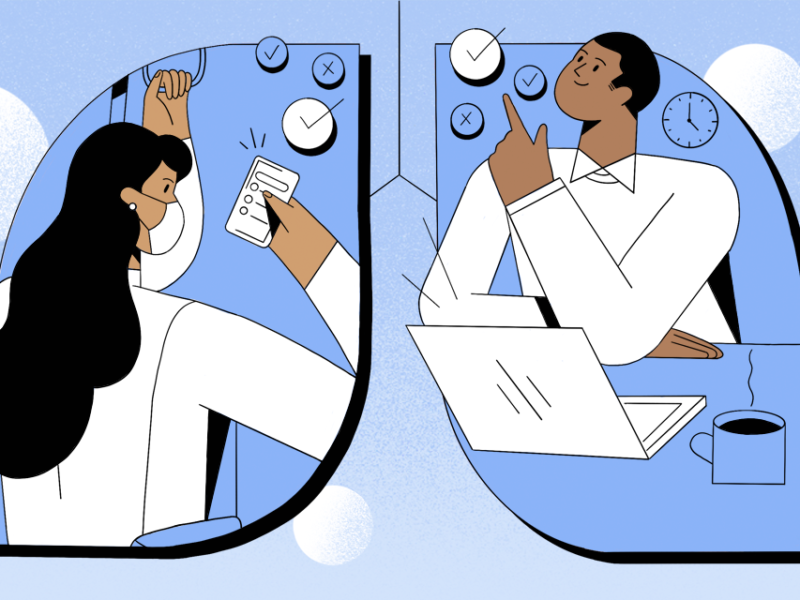The mysterious and alarming decline in bee populations worldwide has raised a wide variety of hypotheses, ranging from the bizarre, namely alien abductions, to the slightly more plausible, such as electromagnetic radiation. As scientists continue their research to better understand why bees are disappearing in such great numbers, a few substantiated explanations have been discovered.
A combination of factors, including the environment, pests, pesticides, and pathogens, all contribute to the disquieting phenomenon now known as Colony Collapse Disorder (CCD). Previously healthy colonies are found desolate. Worker bees abandon their hive and their queen, leaving no trace. Sounds like a thrilling detective novel, doesn’t it? However, the fact that the bees do not even leave their dead bodies behind makes it all the more difficult for scientists to figure out what is really going on.
Pests and Pathogens
The varroa mite, a destructive predator, has been indicated by a number of scientists and researchers. These miniscule parasites attach themselves to the body of the bee, sucking out hemolymph, the bee’s circulatory fluid. This process significantly weakens the bee and spreads deadly viruses, such as the deformed wing virus (DWV). This disease, as the name indicates, produces deformed wings, leaving the bee unable to forage for itself or the colony.
More recently, an emerging disease caused by the Israeli acute paralysis virus (IAPV) has caught the attention of beekeepers and scientists. Dennis vanEngelsdrop, the State Apiarist (beekeeper) for Pennsylvania’s Department of Agriculture, describes this new disease “as if the bees have caught a flu and this flu has wiped through the population of bees… in most cases… this flu was caused by a new virus… called Israeli acute paralysis virus… the question we’re still struggling with [is] why have the bees suddenly become so susceptible to this flu?”
VanEngelsdorp raises a good question, and sadly one that is not yet well understood – although certain assumptions can be made. Undeniably, the modern commercial bee industry overlooks bee health in favor of profits. In nature, the queen bee lives for up to five years. However in “factory” bee farms, the queen is usually killed within a few months, and is replaced by an artificially raised queen. Additionally, farms now artificially inseminate the queen with sperm chosen specifically for certain traits. This decrease in genetic diversity within the bee population likely plays a role in their increased vulnerability to disease. Furthermore, bees depend on their own nectar and honey as nourishment. Commercial farms have replaced this with high fructose corn syrup usually made from pesticide-treated genetically modified corn, which contains none of the nutrients essential for good bee health. Clearly, these unsustainable practices stress the bee’s immune system, making them more susceptible to epidemics. Last, overcrowded commercial colonies attract pests, such as the varroa mite.
However, while the introduction of varroa mites and emerging diseases explains the upsurge in bee deaths, it does not shed light on why worker bees seem to be vanishing into thin air.
Pesticides
An extensively discussed article recently published in Science identifies modern agricultural practices, in particular the use of pesticides, as especially detrimental to bee health. Neonicotinoids (NNs) are the most common types of botanic pesticides used in the world today. They affect the central nervous system of the insect, causing paralysis and death. Foraging honeybees are directly exposed to contaminated nectar and pollen, which is carried back to the hive, where it is stored or exchanged.
Although laws are in place that restrict the dose of these pesticides to levels that are not lethal to honey bees, evidence suggests that even low doses of NNs can produce behavioral dysfunctions. The bee’s memory and homing capabilities are impaired. Some foragers never find their way back to the hive, leaving the young and their queen to starve to death. This immense loss in essential domestic pollinators has lead to an increased demand for agricultural land necessary to meet global consumption levels. Consequently, this destroys the natural habitat and foraging grounds of honeybees and wild pollinators, leading to even greater loss. In fact, some wild bee species have gone entirely extinct due to habitat destruction.
Both France and Germany have prohibited the use of NNs, however little has been done in the U.S. to break this vicious cycle.
Impact on Humans
Why should you care if crawly, stinging insects are dying? Simply said, if you enjoy eating food and looking at flowers, this concerns you.
Bees are absolutely essential to maintain the world’s food supply, as approximately one-third of the food we consume is pollinated by bees. Further, the diversity and quality of our crops is also highly dependent on these pollinators. The economic value of honeybees is estimated to be somewhere between $8 to 15 billion in the U.S., according to various sources. Therefore, the grievous decline in the bee population will severely impact fruit and seed producers, and of course beekeepers, whose entire livelihoods are dependent on these little critters.
